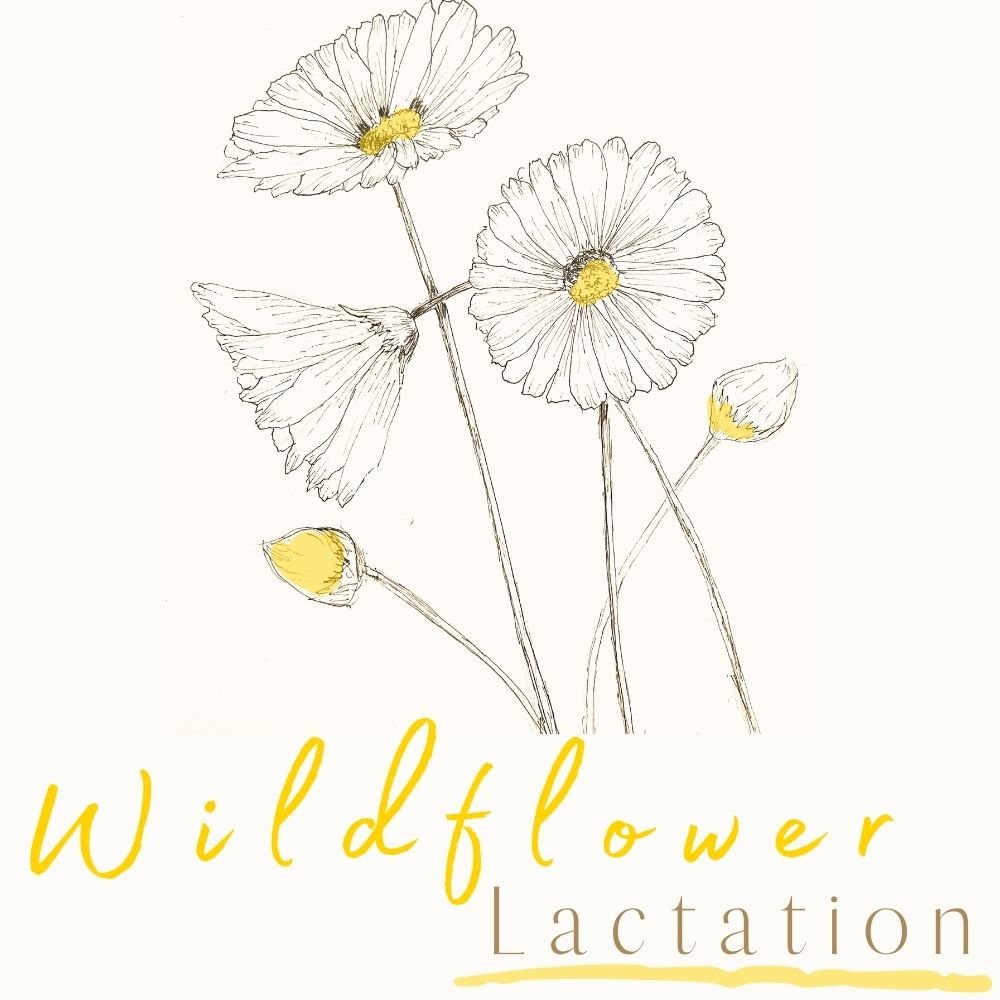AAP Recommendations
You can find the AAP’s most updated recommendations from 2022 here.
Room Sharing is advised by the AAP for the first year and is protective against SIDS, but bed-sharing is still not recommended citing studies where there is increased risk. Many experts have looked at these studies and find them problematic because they include families that have risk factors (like being intoxicated or smoking) that other families do not and include situations called “bedsharing” that include an unsafe situation like a sofa or chair and not a bed. Identifying these risk factors helps families reduce the risk when they do bedshare.
“The AAP understands and respects that many parents choose to routinely bed share for a variety of reasons, including facilitation of breastfeeding, cultural preferences, and a belief that it is better and safer for their infant. However, on the basis of the evidence, the AAP is unable to recommend bed sharing under any circumstances. Having the infant close by their bedside in a crib or bassinet will allow parents to feed, comfort, and respond to their infant’s needs.”
However, the AAP acknowledges that parents frequently fall asleep while feeding the infant. Evidence suggests that it is less hazardous to fall asleep with the infant in the adult bed than on a sofa or armchair, should the parent fall asleep
The AAP acknowledges that parents will fall asleep with their babies, and if they do so, asks parents to put their infants back on a separate sleeping surface as soon as they awake. I feel all families should be informed about different sleeping situations so that they can think about and set up a safe bedsharing environment, should they fall asleep in bed or choose to bedshare with their infants. For more insight as to why parents bedshare, see this 2022 study.
